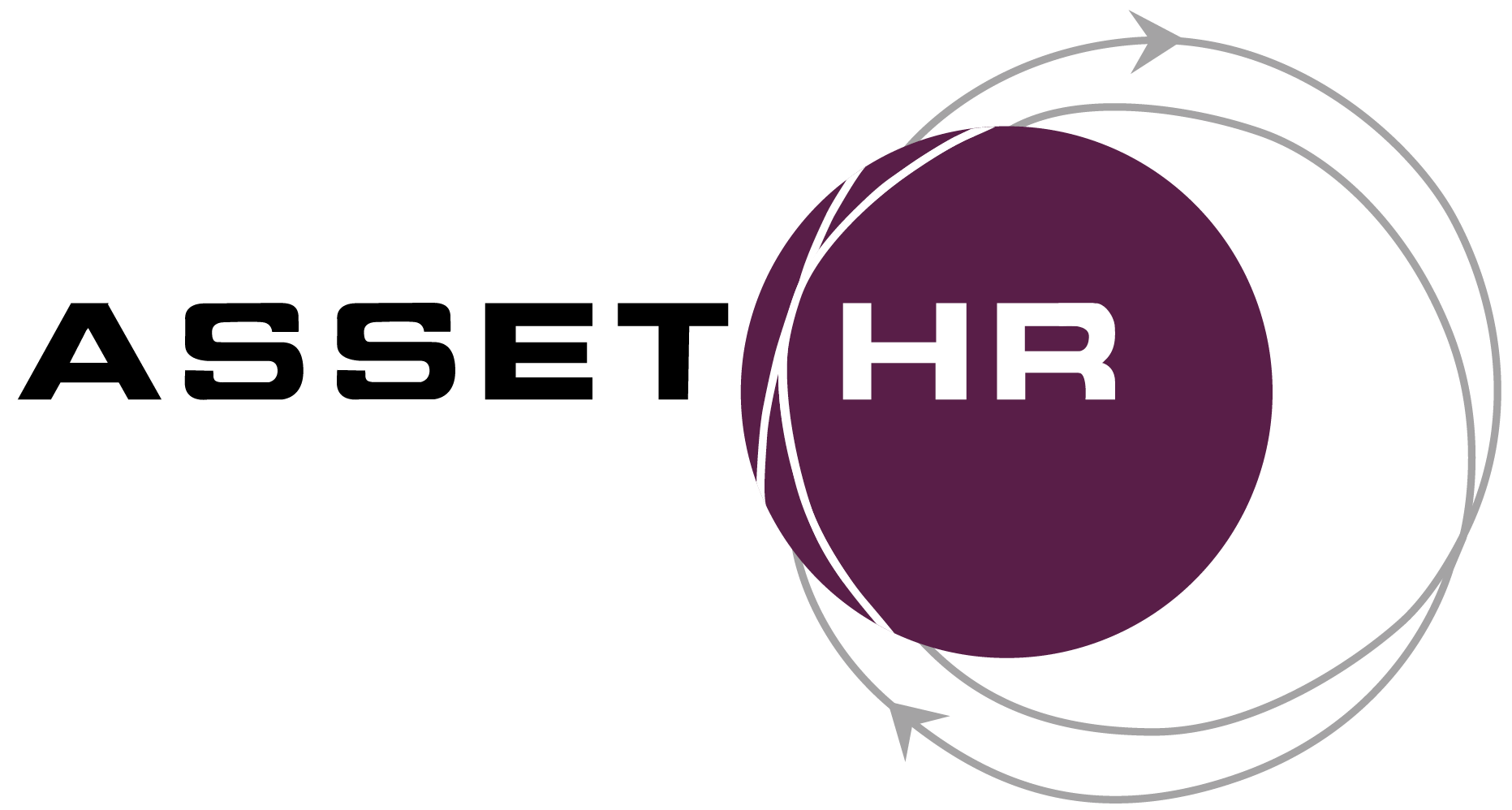Orientation vs. Onboarding — What’s the Difference?

The concepts of orientation and onboarding are often treated as synonymous in the world of HR, but the truth is that they are two different things. If you want to create a strong employee experience from the first moment a new hire walks in, it’s important that you understand the differences.
While orientation is always important for a new employee, onboarding is the step that needs the most attention. Onboarding is one of the major keys to employee engagement and retention. To make sure you understand the differences between orientation and onboarding and their individual purposes, take a look at the following definitions.
What Is Orientation?
Orientation is the process of getting a new hire situated in their new workplace. It involves introducing them to their coworkers, their managers, and the organization in general. They are given a rundown of their new position and they also take the time to fill out any paperwork they’re required to file.
Orientation usually takes the first few days — and possibly even the first full week — of a new hire’s employment.
What Is Onboarding?
Onboarding is the process of ensuring that a new hire becomes fully integrated into the organization. While orientation includes a walking tour and a meet-and-greet, onboarding is a more rigorous process in which a new employee is able to dive into what makes their new company tick.
During onboarding, the new employee learns about organizational values, company culture, and the goals they will be working with their colleagues to achieve.
Another big distinction between orientation and onboarding is that onboarding is a far longer process. While a new hire should be properly oriented to the basics of their work within the first week, the onboarding process will take a minimum of three months and possibly up to a full year.
It’s generally believed that an onboarding process shorter than 90 days will not be an effective one and can result in a lot of turnover.
How to Develop an Effective Onboarding Process
Orientation is certainly important, but it’s a fairly cut-and-dry process. Onboarding, on the other hand, requires a lot more attention to detail and an organization-specific approach. If you want to create an effective onboarding process, you need to develop it carefully by following these steps.
Map Out Your Goals
To create the framework from which your onboarding process will be born, you need to know exactly what your onboarding goals are.
The basic idea is to provide your new hires with the knowledge they need to successfully integrate into your organization. Obviously, that knowledge and the method used to acquire it is going to vary from company to company. Onboarding must therefore be specifically tailored to your unique business.
To determine what your specific onboarding goals will be, start by answering the question, “What do we expect out of a fully onboarded new hire?” Then go from there.
Create an Onboarding Team
Your next step is to identify the leaders of your organization who will be playing a pivotal role in the onboarding process. Define their onboarding roles so they can fill them as effectively as possible.
Onboarding is not a job for one or two key members of an organization; it’s a process that should tap into as many resources as possible throughout the company.
Create an Onboarding Plan
Mapping everything out on paper is critical to ensuring that you have a clear timeline with well-defined milestones. This process is something that will require trial and error, as you won’t really be able to see how it works until it’s put to the test.
Continually Review, Monitor, and Reassess
All onboarding processes should be treated as a work in progress until many successful new hires have found their way comfortably into your organization. Even then, there’s no reason why you shouldn’t constantly look for ways to upgrade the experience.
You can keep improving the process by reviewing data, requesting feedback, incorporating new technology, and enlisting the help of an HR company that specializes in onboarding.
Your onboarding process can make or break the employee experience. Asset HR’s isolved integration helps our clients to create streamlined, highly effective onboarding practices. Connect with Chris Kelly today to learn more.
